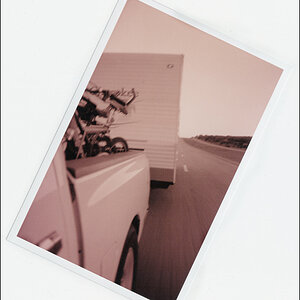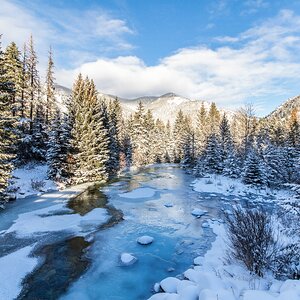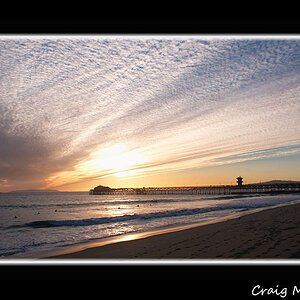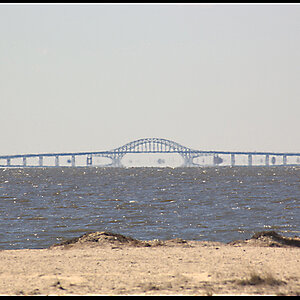ScubaDude
TPF Noob!
- Joined
- Aug 27, 2011
- Messages
- 176
- Reaction score
- 22
- Location
- Waveland, MS
- Can others edit my Photos
- Photos OK to edit
Here are a couple of galaxies I've shot. I need a more stable mount so I can get longer exposures, but I'm happy with the way these turned out.
M104, aka the Sombrero Galaxy.
16 shots, 14 seconds each, 3200 ISO. Stacked with Deep Sky Stacker.

M51, aka the Whirlpool Galaxy, with a new supernova (the bright "star" on the left edge of the lower galaxy) that was discovered May 31st.
34 shots, 15 seconds each, 3200 ISO.

M104, aka the Sombrero Galaxy.
16 shots, 14 seconds each, 3200 ISO. Stacked with Deep Sky Stacker.

M51, aka the Whirlpool Galaxy, with a new supernova (the bright "star" on the left edge of the lower galaxy) that was discovered May 31st.
34 shots, 15 seconds each, 3200 ISO.




![[No title]](/data/xfmg/thumbnail/40/40293-6f5ffaecd4c1aac1ffc73bb0972aab51.jpg?1619739410)




![[No title]](/data/xfmg/thumbnail/31/31978-02cde49248ebdf1b82fba5c899e08378.jpg?1619735136)


![[No title]](/data/xfmg/thumbnail/31/31980-e5048a424621c7b3cd0d306d63c09d67.jpg?1619735137)

